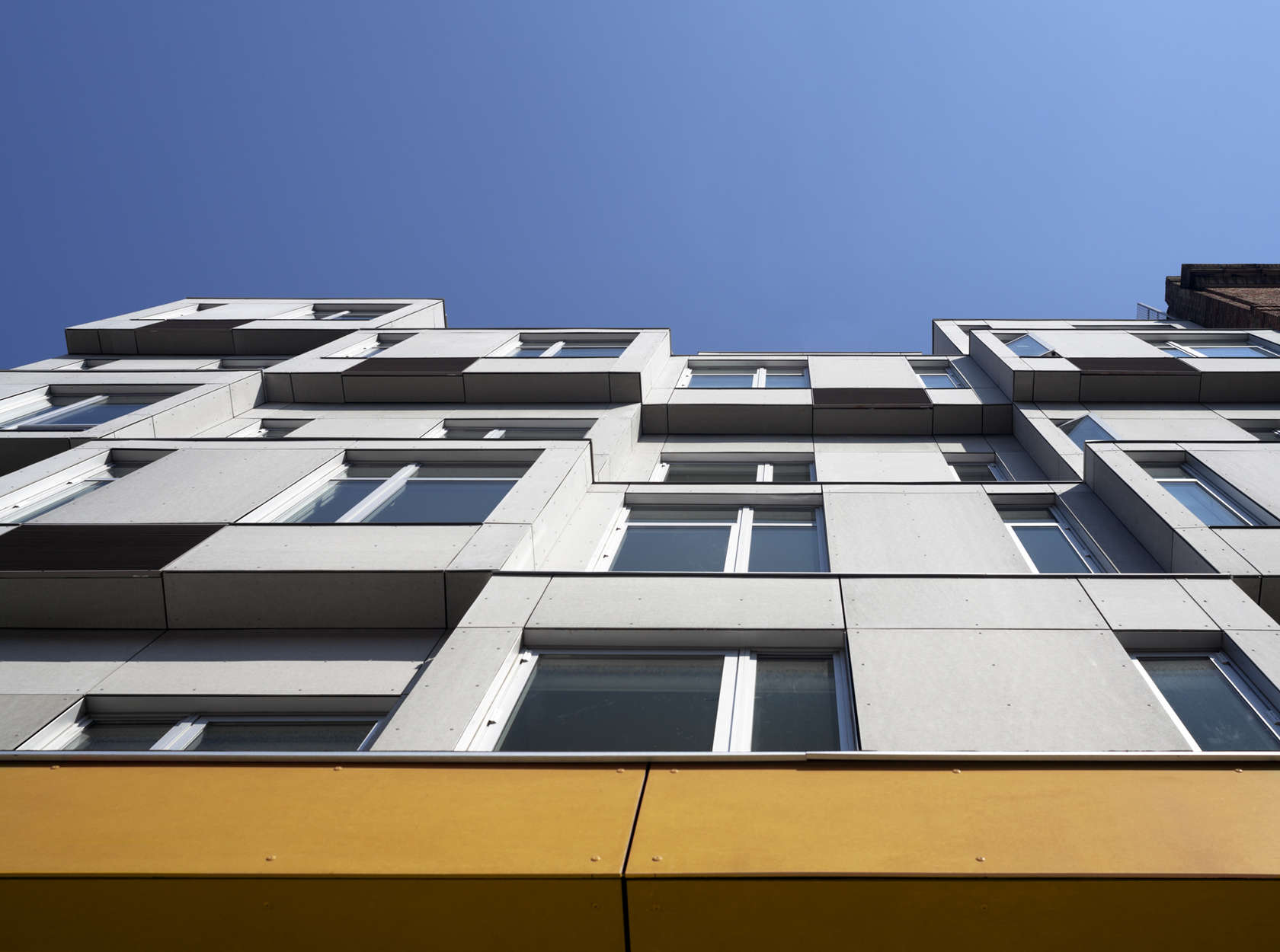

24 hour sunlight in the summer months is captured by solar panels, and gale force winds are harnessed to provide the station with renewable power. The station also turns a challenge into an opportunity, by taking advantage of the environment's extreme conditions to power the station. Image sourceThe Princess Elisabeth incorporates a layered design which works to eliminate the need for internal heating, allowing perfect integration of the living quarters which maximises both heat distribution and energy use.

The zero emission polar research centre is an ideal logistics hub for field exploration in the 20°- 30° E sector of Antarctica. The Princess Elisabeth Antarctica research station is solidly anchored onto the granite ridge of Utsteinen Nunatak, at an altitude of 1382 metres, in the Dronning Maud Land region of East-Antarctica which is approximately 220 km from the Antarctic coast. Princess Elisabeth Antarctica research stationīelgium has had a strong presence at the southernmost point of the world since 1898, and its most recent structure has used cutting edge science and technology to become the world’s first “zero emission” scientific research station. As a result, architecture has been forced to adapt to allow humans to live in such extreme conditions, and advances in technology have meant that mankind is able to live and explore even more remote and isolated environments.Ī million miles away from the tents and sleeping bags of Roald Amundsen and those with him who were the first to stand at the South Pole, modern architecture in Antarctica can be used as a model for how to adapt and live in such extreme conditions. Mankind has never been complacent to just stay put, and exploration into the farthest reaches of our planet has resulted in human settlements in some seriously extreme locations.


 0 kommentar(er)
0 kommentar(er)
